Châteauroux features architectural heritage reflecting its medieval and religious past. The Château Raoul, a 10th-century fortress located on the heights above the Indre river, is next to the Cordeliers Convent, a 13th-century Franciscan building now used for contemporary art exhibitions. History enthusiasts will also enjoy the Hôtel Bertrand Museum, the former residence of General Bertrand with Napoleonic collections, and the US Air Force Museum, which traces American military presence in the city between 1951 and 1967. The city combines this historic heritage with leisure spaces accessible to families. The Belle Isle Leisure Base spans 18 hectares around a pond and features sports fields and playgrounds. The Public Garden, a four-hectare park in the city center, offers flowering lawns and shaded areas. The 19th-century market halls host a market where local products and specialties are showcased. Between Roman monuments like the Saint-André Church from the 12th century and modern recreational facilities, Châteauroux invites exploration of different facets of Berry.
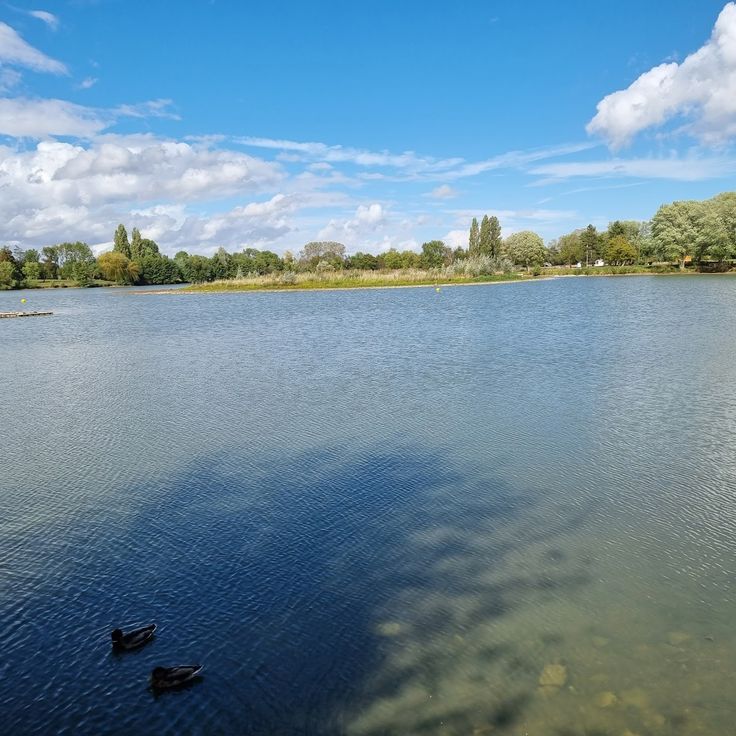
Châteauroux, France
This park covers 18 hectares and includes a pond, multiple sports facilities, areas for children, paths for physical activities, and places to eat outdoors under trees.
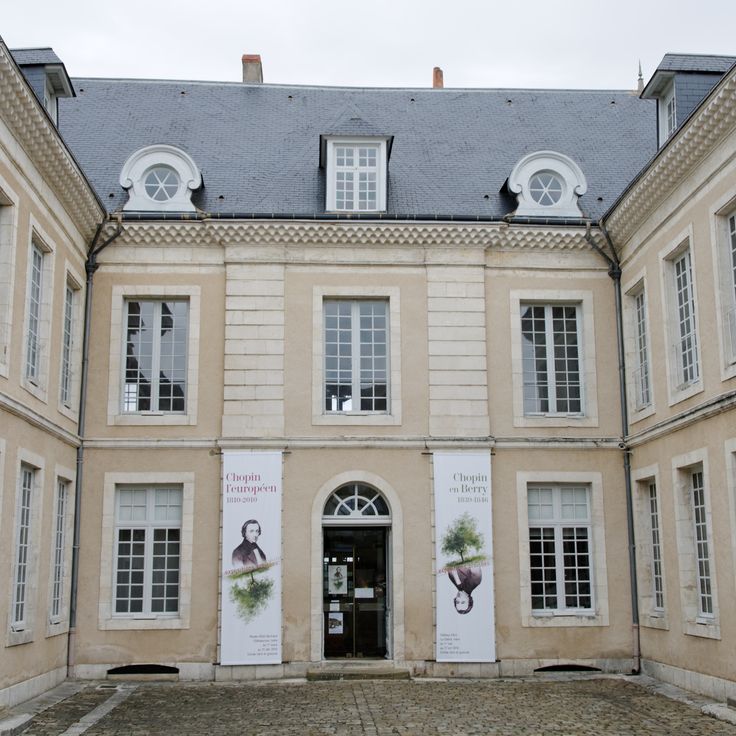
Châteauroux, France
This museum occupies the former residence of General Bertrand and presents Napoleonic collections, 19th-century furniture, and works by local artists.

Châteauroux, France
L'ilot z'enfants is an indoor recreational park offering play structures, slides, and obstacle courses designed for children of different age groups.

Châteauroux, France
This church was built in the 19th century in Neo-Romanesque style and features colored stained glass windows, decorated arches, and a nave that is open to visitors.

Châteauroux, France
This public park covers four hectares in the center of Châteauroux and features children's play areas, shaded benches, and flowered lawns for walking.
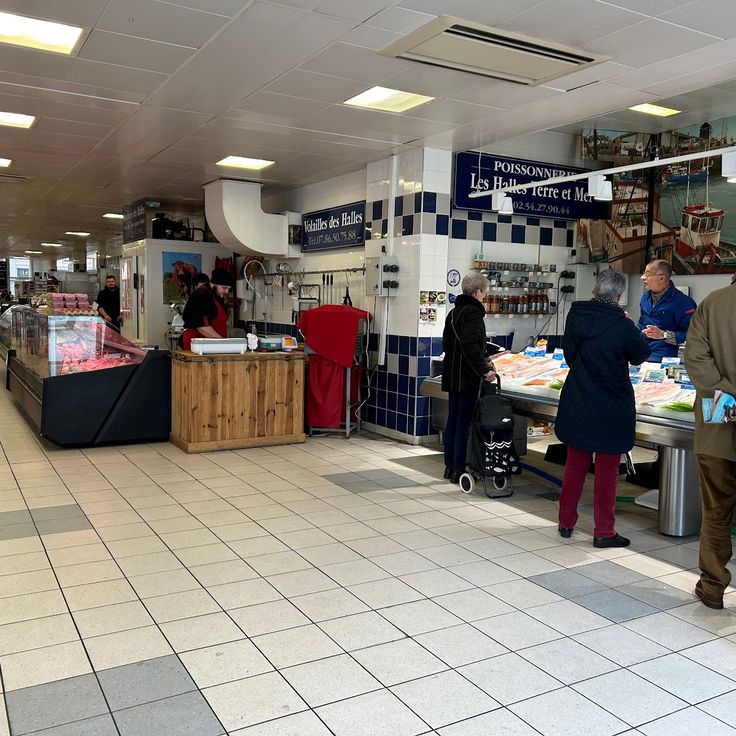
Châteauroux, France
The Halls of Châteauroux are a 19th-century covered market where vendors sell fresh produce, regional specialties, and artisanal products.

Châteauroux, France
This church dates from the 12th century and features ribbed vaults, a 60-meter high bell tower, and stained glass windows from the 19th century.
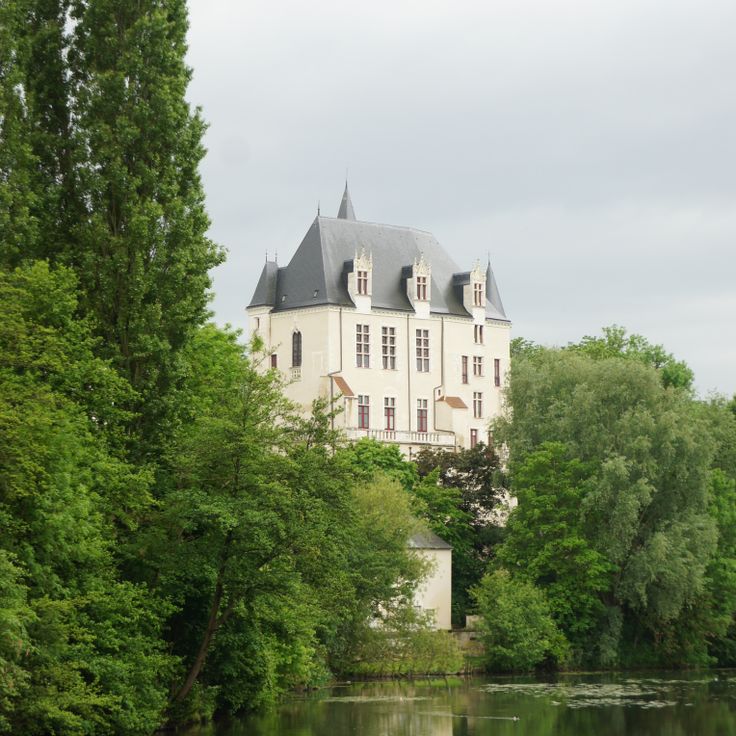
Châteauroux, France
This medieval fortress was built in the 10th century by Raoul the Large on a hill overlooking the Indre River. The castle provides views of the town.
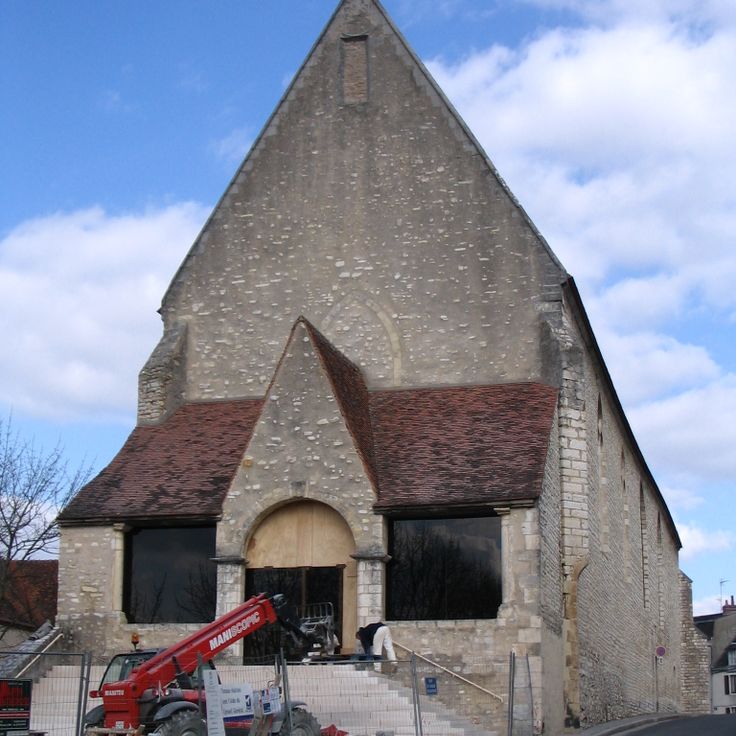
Châteauroux, France
This 13th-century Franciscan convent features terraced gardens and organizes contemporary art exhibitions in its historic rooms.
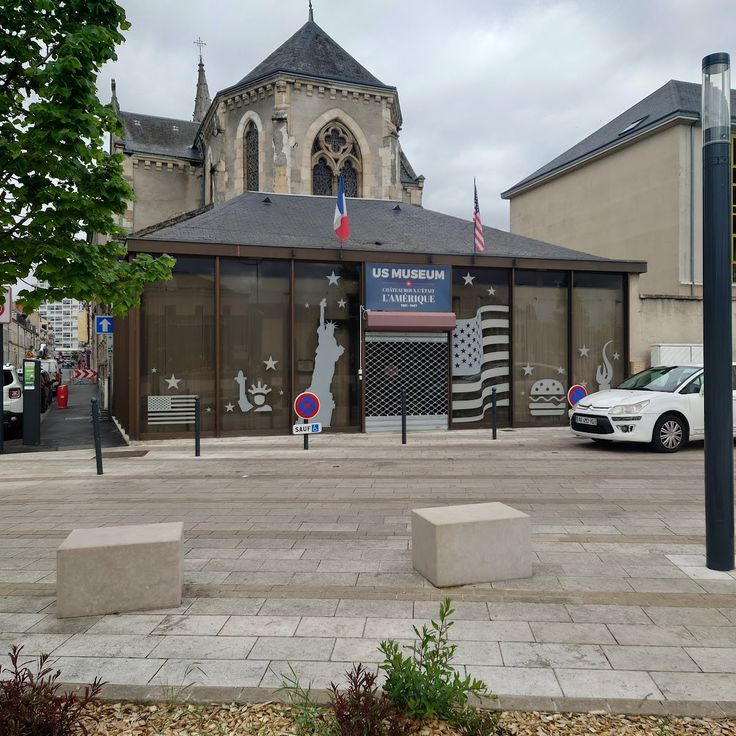
Châteauroux, France
This museum preserves documents, photos, and objects related to the American military presence in Châteauroux from 1951 to 1967.

Châteauroux, France
This 30-hectare public park stretches along the Indre River and features two castles from past centuries, several walking paths, and flower gardens laid out in the 19th century.
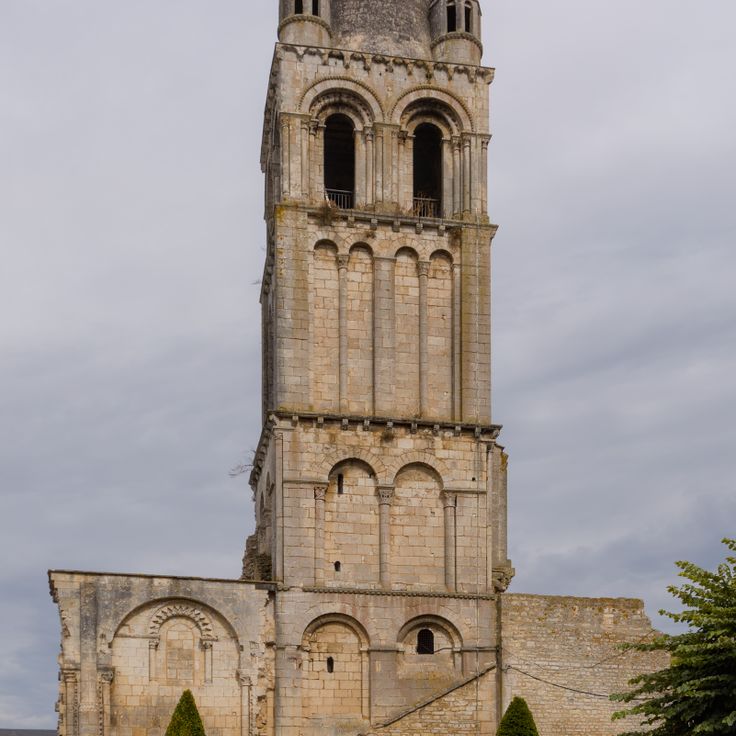
Déols, France
This abbey was founded in 917 and developed into an important medieval religious center. The 11th-century Romanesque tower still stands with its monumental entrance portal. The underground crypt preserves sculpted capitals and artifacts from different periods.
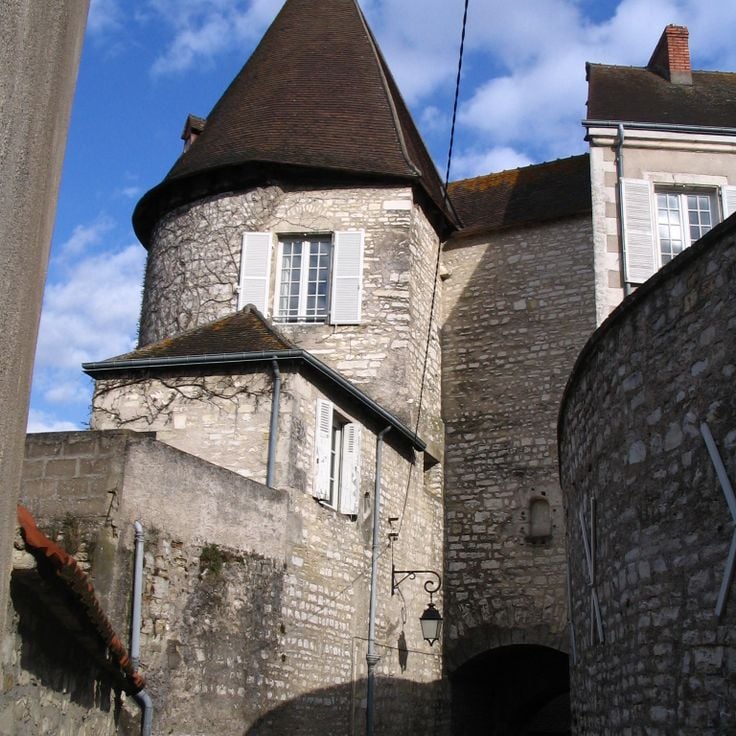
Châteauroux, France
The Porte Saint-Martin is a fortified tower from the 14th century, built into the medieval wall of Châteauroux. This tower served as an entrance gate to the city and was later used as a municipal prison.
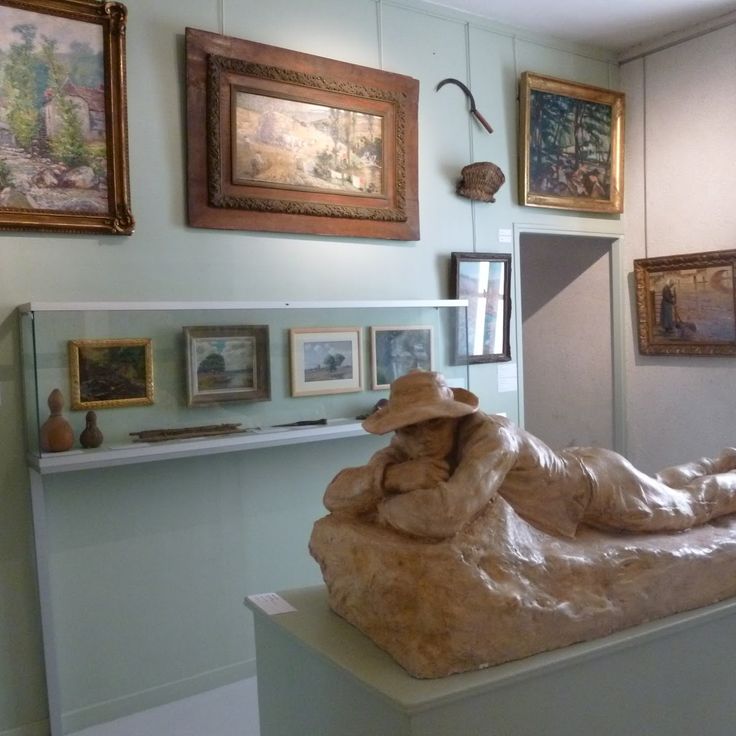
Châteauroux, France
This museum presents a permanent exhibition of ethnographic objects from the Berry region, featuring rural furniture, tools from historical trades, and examples of local craftsmanship from the 19th century.

Châteauroux, France
Saint-Martial Church was built in the 13th century and features Romanesque architecture in the nave and Gothic design in the choir area.

Châteauroux, France
This green space covers 20 hectares and shelters various plant species and waterfowl. Several paths allow walks through meadows and wetland habitats along the Indre River.
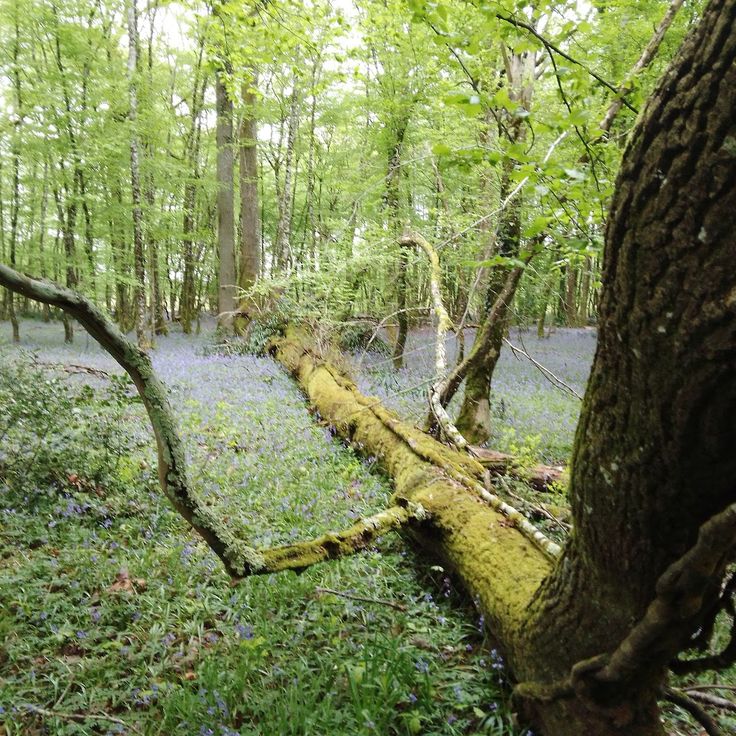
Châteauroux, France
This state forest covers 5000 hectares and consists mainly of beech trees. It features a network of 30 kilometers of trails suitable for walking and cycling.
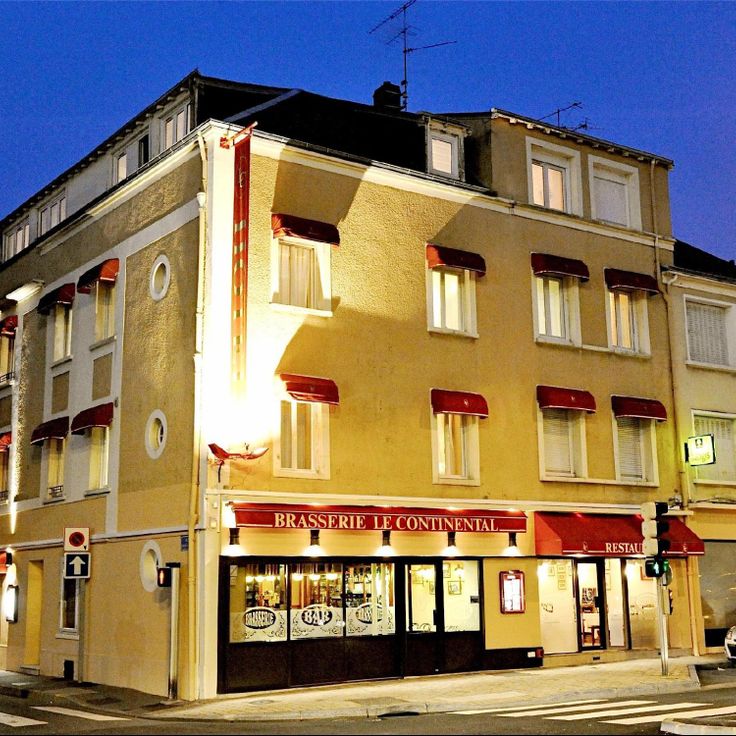
Châteauroux, France
The Hôtel Perrichon dates from the 17th and 18th centuries and features historical facades, period roofing structures, and a monumental entrance gate on Rue Claude-Pinette.
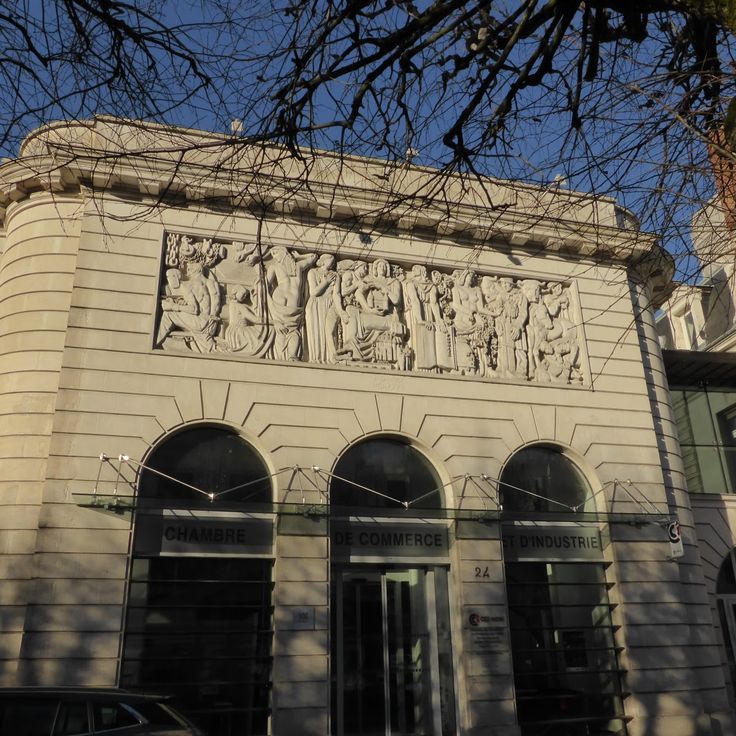
Châteauroux, France
The Hôtel de Condé is a 17th-century mansion located on Rue Dauphine. This building is protected as a historical monument for its preserved facades and roofs. The architecture represents the classical style of the Louis XIII era.
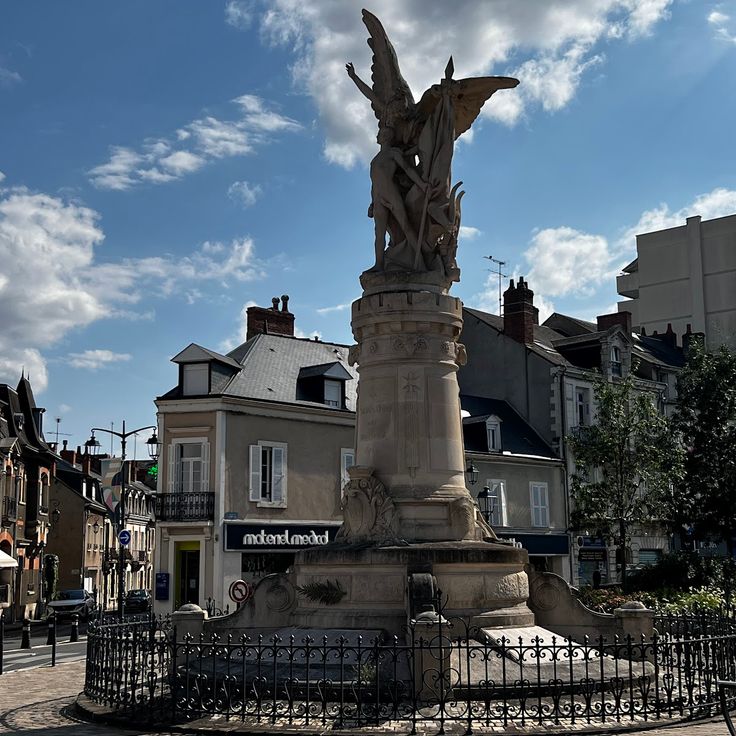
Châteauroux, France
This neoclassical building was designed by Pierre Murison in 1828 and features a colonnaded facade with a triangular pediment. It now houses the municipal conservatory for music and dance.
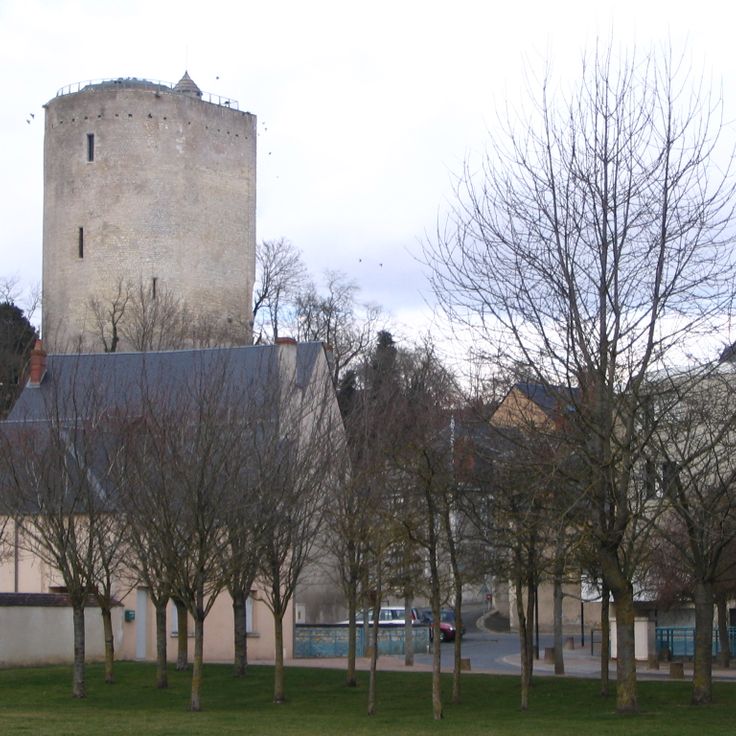
Châteauroux, France
This 1513 Renaissance-style tower is the last architectural element of the former Parc Castle. It served as a prayer place for Claire Clémence de Maillé-Brézé during her detention.
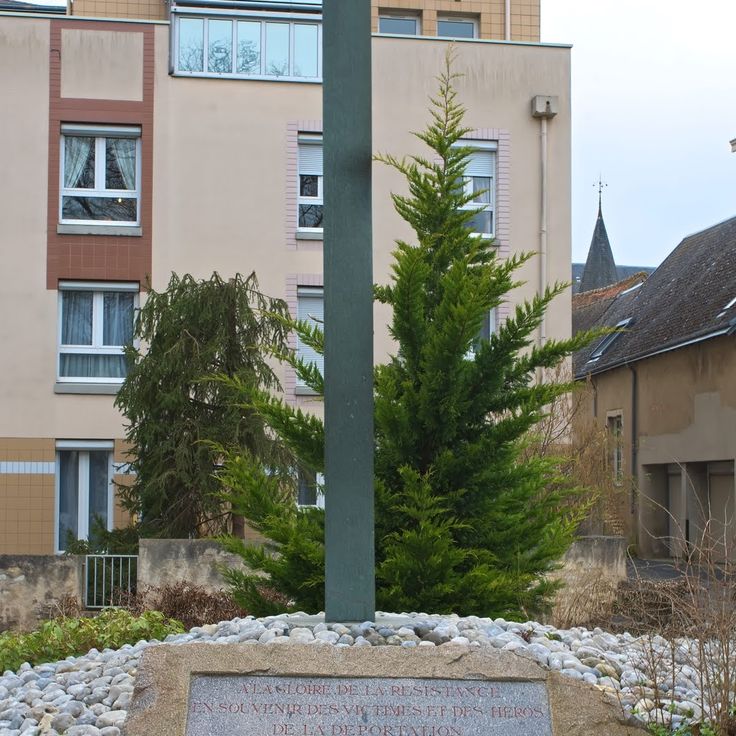
Châteauroux, France
The Tobacco Factory is an administrative and cultural center housed in a former industrial building from 1862. The structure preserves its red brick facade and industrial architecture.
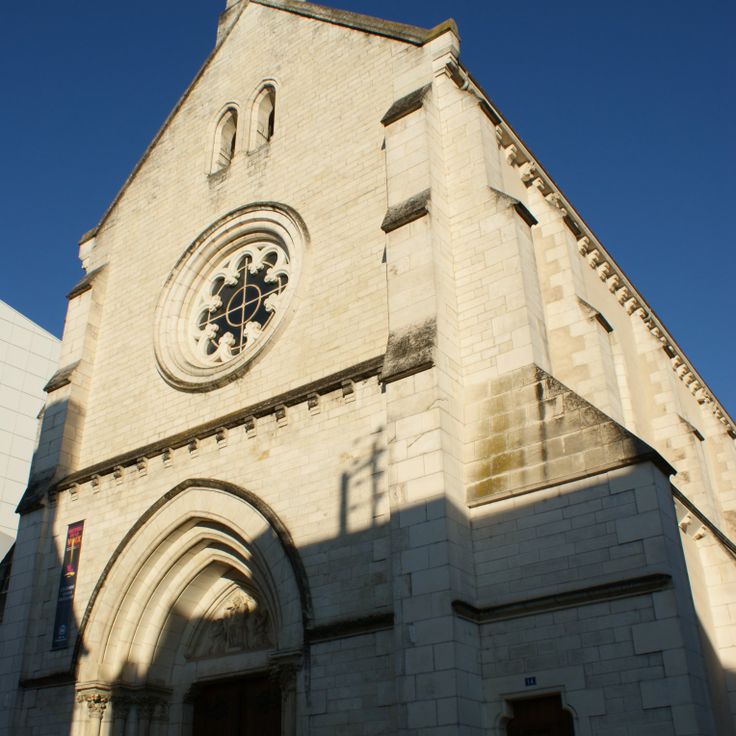
Châteauroux, France
This chapel was built in 1863 and restored in the 1990s. It now serves as the Franz Liszt Auditorium and hosts the Lisztomanias festival.
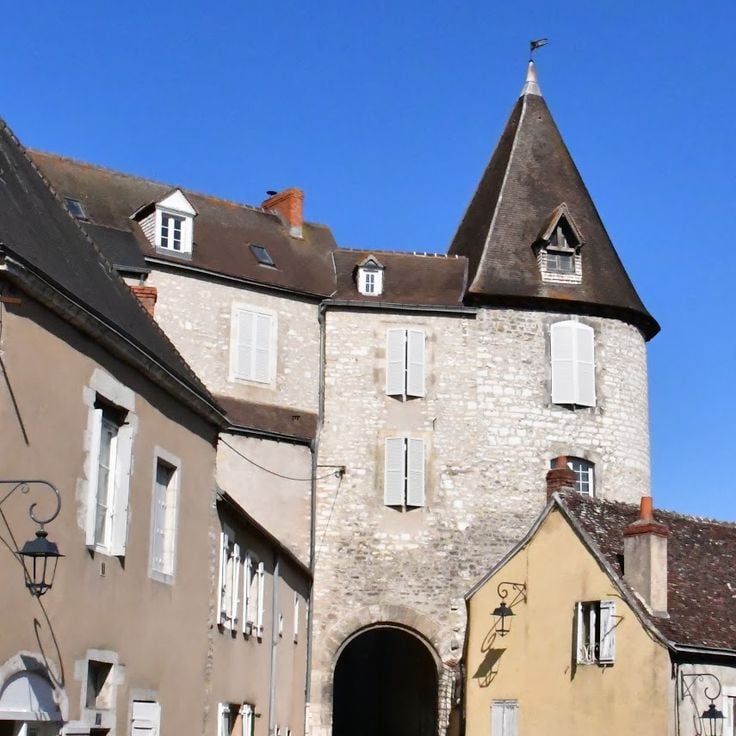
Châteauroux, France
This fortified tower from the 15th century was used as a prison during the 18th century and stands on a steep road leading to the medieval town.

Châteauroux, France
This concrete and metal bridge built in 1985 crosses the Indre and connects the city center to the Saint-Christophe neighborhood. It is named after the partnership with the German town.
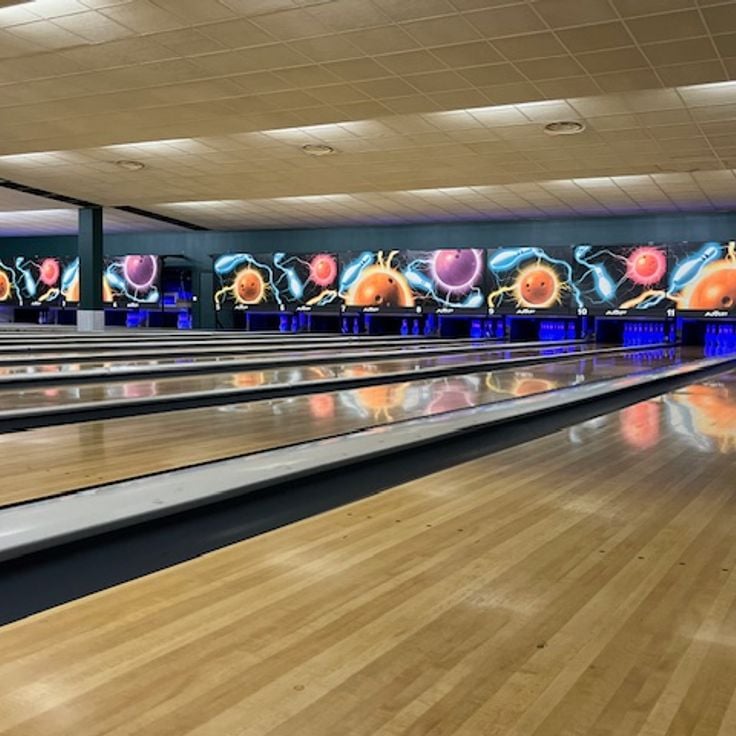
Châteauroux, France
Cyber Bowling is a leisure center featuring automatic bowling lanes equipped with video monitors and digital animations to enhance the gaming experience for visitors.

Obterre, France
The Haute-Touche Wildlife Park extends over 500 hectares and houses 1300 animals from 120 different species in enclosures designed to meet the needs of each species.